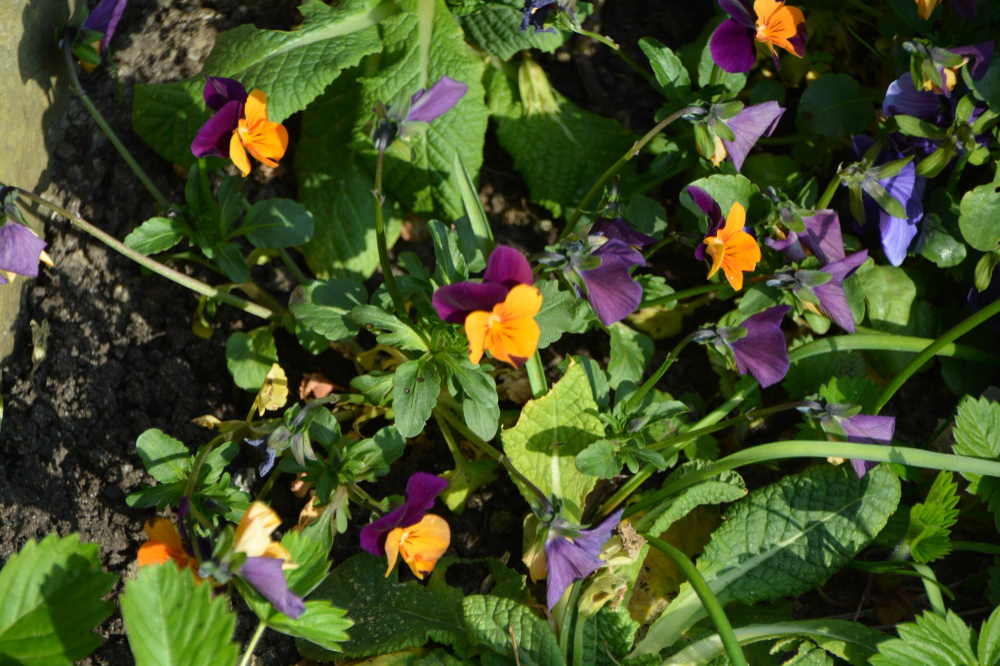Incorporating edible flowers into your vegetable garden is a delightful way to blend aesthetics with functionality. These blooms not only add bursts of color and intrigue to your garden layout but also introduce a variety of flavors and nutrients to your plate. This guide dives into the vibrant world of edible flowers, offering insights on how to enrich your vegetable plot with floral beauty and culinary potential.
Choosing Edible Flowers for Your Garden
Begin by selecting flowers known for their edible qualities and appealing flavors. Popular choices include nasturtiums, with their peppery leaves and brightly colored flowers, and calendula, offering a tangy taste reminiscent of saffron. Lavender and violas also make excellent additions, providing unique flavors perfect for culinary experimentation.
Integrating Flowers with Vegetables
Edible flowers can serve multiple purposes in a vegetable garden. They attract beneficial pollinators, essential for vegetable production. Planting flowers like borage, which boasts beautiful blue blooms, near tomatoes or squash can enhance pollination and increase yields. Additionally, certain flowers, such as marigolds, are known to repel garden pests, offering a natural form of pest control.
Cultivation and Care
Most edible flowers require similar care to vegetable crops, thriving in well-draining soil and full to partial sunlight. Regular watering, especially during dry spells, ensures healthy growth. Deadheading, or the removal of spent flowers, encourages continuous blooming throughout the growing season.
Harvesting and Using Edible Flowers
Harvest flowers at their peak for the best flavor and appearance, typically in the cool of the morning after the dew has evaporated. Incorporate them into salads for a colorful twist, use as garnishes for cocktails and desserts, or infuse them into oils and vinegars for a subtle flavor enhancement.
Safety First
Always ensure the flowers you plan to consume are indeed edible and haven’t been treated with pesticides or other chemicals. If you’re uncertain about a plant’s edibility, consult a reliable source before adding it to your menu.
By adding edible flowers to your vegetable garden, you create a multi-dimensional space that is not only productive but also visually stunning and gastronomically adventurous. This approach to gardening encourages a deeper connection with your food and the natural world, making each meal a celebration of color, flavor, and sustainability.


Leave a Reply